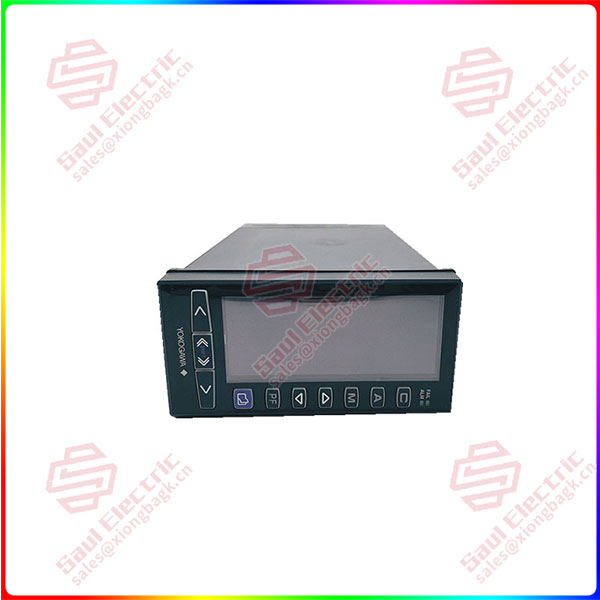Industrial cameras: European and American brands dominate, and it is difficult to replace
YS1700-000 Compared with civilian cameras, industrial cameras have many advantages, and many factors need to be considered when choosing a camera. Industrial camera design originally originated from civilian cameras, industrial cameras compared with civilian cameras have stronger image stability, higher transmission capacity, better work continuity and environmental adaptability, in many aspects have certain advantages. Different types of cameras directly determine the resolution and quality of the images captured, and are key components in the field of machine vision. In the actual selection of the camera, first of all, you need to consider the resolution of the detection accuracy and field of view size, then you need to consider the frame rate, the camera frame rate needs to be greater than or equal to the detection speed, and then the exposure mode, global exposure or rolling shutter exposure, accurate identification generally needs to select global exposure, and finally the selection of the remaining parameters. Such as CCD, CMOS, network port or USB.
Smart cameras solve the problem of understanding, and will continue to improve multidimensional performance in the future. The world industrial camera market has gone through the process from analog cameras to digital cameras, and then to smart cameras. YS1700-000 Before 2000, analog cameras were mainly used to solve visible problems. 2000-2015 industrial camera market in the stage of digital transformation, mainly to solve the problem of clear seeing, digital signal interface replaced analog interface, high-speed interface protocol GigE Vision began to use, at the same time, after 2000, smart cameras began to appear, mainly solve the problem of understanding. It can realize the basic functions of reading code, OCR, identification, positioning guidance, measurement and so on. The smart camera integrates image acquisition, processing and communication functions in a single camera, which can be flexibly installed and applied in a narrow space, and has the advantages of low cost, strong ease of use, simple and fast development, and compact integrated design. Looking forward to the future, the imaging resolution of smart cameras will continue to increase, the image acquisition speed will be greatly improved, the visible light spectrum will expand to the non-visible light spectrum, the single spectrum will expand to the multi/high light spectrum, the spatial dimension will continue to expand to 3D/4D, integrate more edge intelligence, and improve product performance in an all-round way.

YS1700-000
YS1700-000 The industrial camera market continues to grow steadily in the global market and the Chinese market. From 2016 to 2019, the global industrial camera market grew from $620 million to $1.40 billion, CAGR31.1%; China’s industrial camera market grew from 330 million yuan to 410 million yuan, CAGR8.0%, a slower growth rate. The growth rate of the domestic industrial camera market is relatively slow mainly because the related technology of domestic industrial cameras is not mature, the accumulation of experience in related fields is not enough, and more products are mainly imported foreign brand products. Worldwide, European and American companies entered the industrial camera field early, with strong research and development strength and first-mover advantage, resulting in the continuous accumulation of industry experience, driving the global industrial camera market continues to expand.
European and American brands dominate, and domestic substitution is gradually promoted. Due to the earlier layout and obvious advantages in hardware and software, foreign brands still occupy a dominant position in the field of high-resolution and high-end industrial YS1700-000 cameras in China, such as Switzerland’s Baumer, Germany’s Basler, Germany’s AVT, and Canada’s PointGrey, etc., which have a high market share in the domestic industrial camera market. Domestic manufacturers focus on cost-effective advantages, targeted development of Chinese market applications, in order to gain a favorable entry point. From the perspective of domestic enterprise market progress, on the one hand, leading enterprises based on security monitoring take advantage of their research and development advantages in hardware and software, and begin to lay out industrial cameras, such as Huarui Technology; On the other hand, parts manufacturers based on professional machine vision products have also continued to launch smart camera series products, and low-end products have begun to enter the market.
Industrial cameras can be divided into CCD cameras and CMOS cameras according to the image processor chip, and CMOS cameras are becoming the main stream. CCD is the abbreviation of charge coupled device, CMOS is the abbreviation of complementary metal oxide semiconductor. CCD is a unified amplification of the signal of each photosensitive component, and the noise is small, CMOS is a separate amplification, the image has a lot of noise, and the image quality is lower than the CCD sensor. With the large number of applications of CMOS sensors in the consumer electronics industry, CMOS sensors have been significantly improved in architecture design and process support, while CMOS has the advantages of high integration, low cost, small size, and so on, and is gradually replacing CCD sensors in many application scenarios.
 1 Year Warranty
1 Year Warranty




